Originally published in The Architect’s Newspaper, February 2023
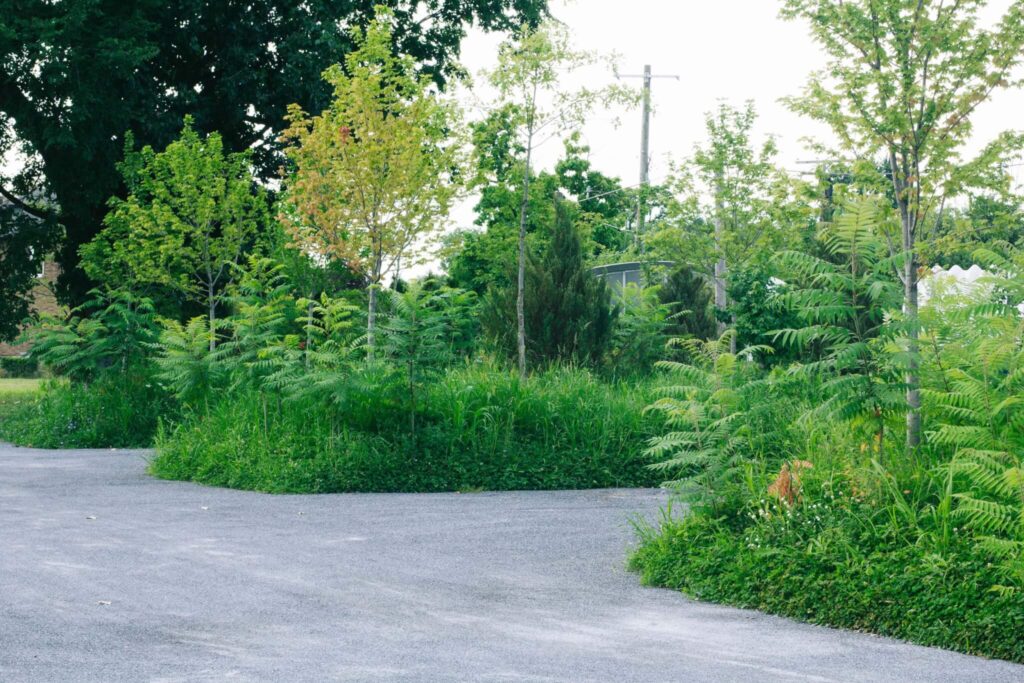
Detroit has become synonymous with a form of naturally occurring rewilding—not the prescribed restoration efforts orchestrated by teams of ecological consultants but rather the gradual colonization of the city by renegade plants. Large-scale commercial and industrial abandonment has produced the ideal conditions for the emergence of novel urban ecosystems, making the city, in the words of Harvard horticulturist Peter Del Tredici, writing in Places Journal, a “paradise for spontaneous vegetation.”
PARK(ing), the latest collaboration between D.I.R.T. Studio’s Julie Bargmann and Prince Concepts’ Philip Kafka, began with an acknowledgment of, and deep affection for, this present reality. “It’s about staying within the spirit of Detroit, which is a whole lot of spontaneous vegetation,” Bargmann told AN. “It’s the new palette. It’s the new woodland. These projects are part of that.”
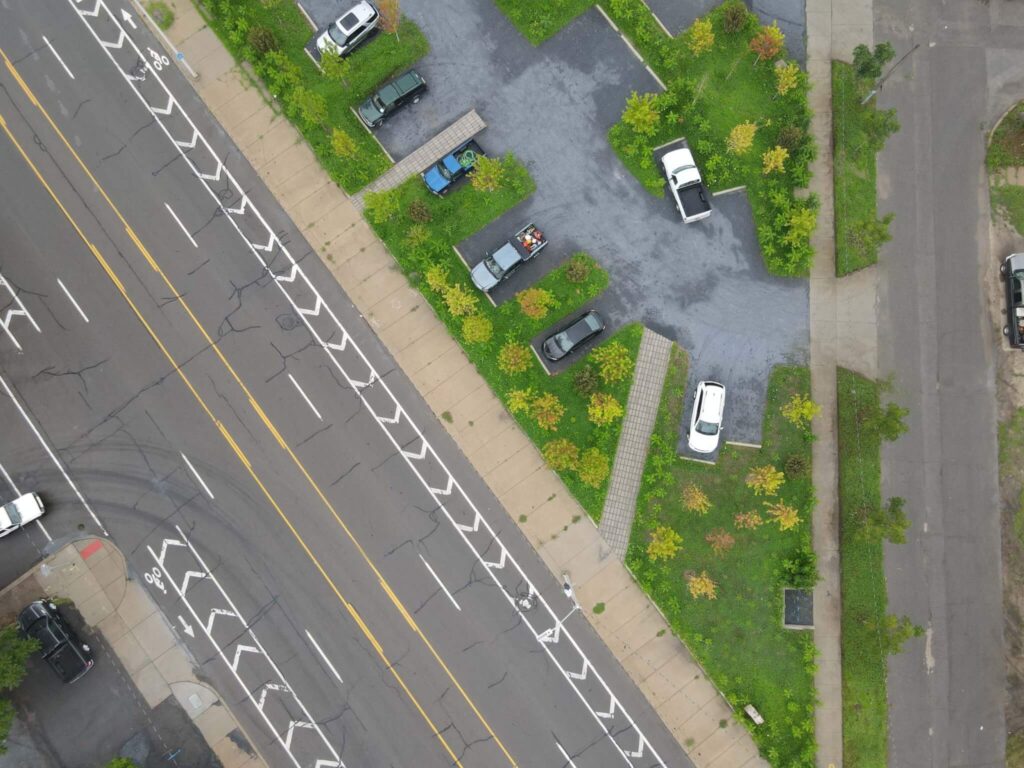
The project, a 28-stall surface parking lot and green space in Detroit’s Core City neighborhood, is arguably the most exciting take on the typology since Robert Irwin transformed the parking area of Dia:Beacon into a quilted tapestry of exuberant gardens and vehicle stalls that is inseparable from the rest of the museum grounds. At PARK(ing), cars are embedded in a lush landscape of clover and sumac, a series of berms enveloping the vehicles and asserting hierarchical dominance over the gravel paving.
Already, the utilitarian space has taken home design awards, winning in the Landscape category in AN’s 2022 Best of Design Awards and, showcasing the importance of rewilding efforts, coming in as a finalist for AN’s Project of the Year. In 2021, Bargmann was the inaugural recipient of the Cornelia Hahn Oberlander International Landscape Prize, the field’s equivalent of the Pritzker. Occupying a flatiron-shaped site along Grand River Avenue, PARK(ing) sits between two Prince Concepts projects: Core City Park, an 8,000-square-foot, tree-filled plaza full of relics of the site’s past lives, and True North, a nine-unit live-work community constructed as a tight cluster of Quonset huts. “Traditionally, developers would have used this [lot] as the most valuable piece of commercial real estate,” Kafka explained. “A developer might say, ‘This is where we can put a gas station. This is where we can put a corner store. It has the most traffic count, the most visibility.’ And we’re like, ‘Let’s put the most landscape there, to create an identity and an attitude for the corridor itself.’”
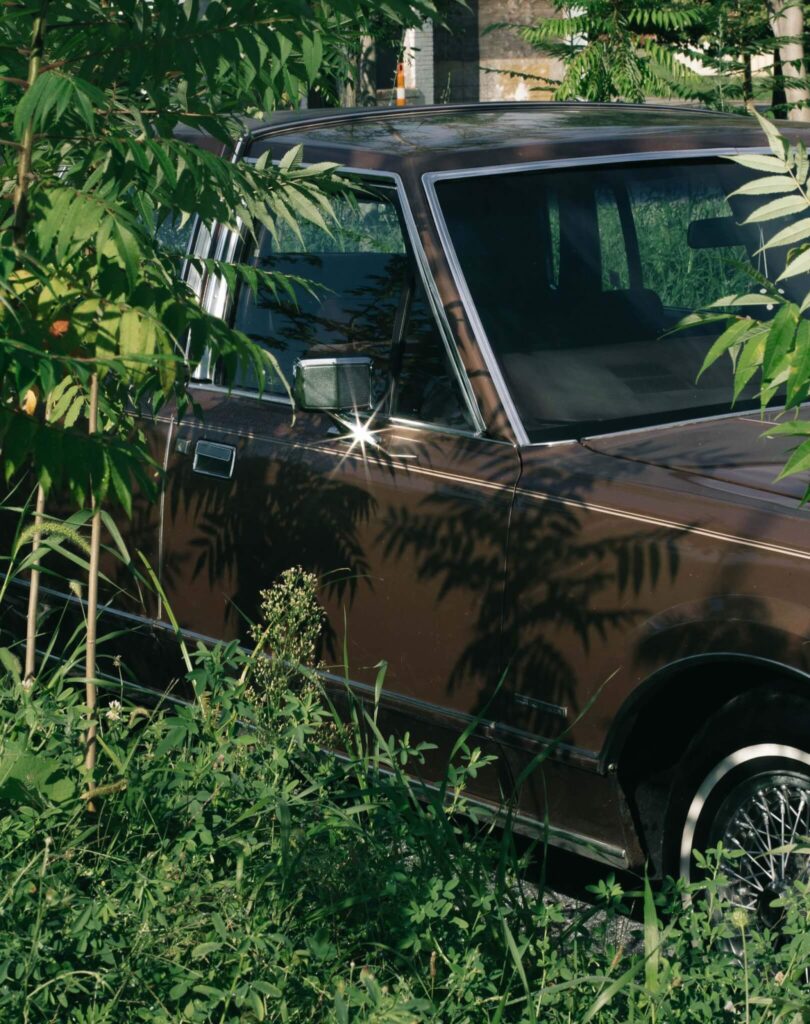
With three times more trees than car stalls, the 24,000-square-foot space achieves a ruderal quality, an approach to landscape-making popularized by Bargmann, who is based in Charlottesville, Virginia, but one that has special resonance in the Motor City. She collaborated closely with Prince Concepts’ Andrew Schwartz on the design. They specifically wanted to move past any kind of idea about “the void” as the hallmark of contemporary Detroit.
“A lot of designers work in an additive way, rather than subtractive,” Bargmann said. “I said, ‘Let’s think of this place as full.’ I remember saying to Andrew, ‘Take out your eraser. Don’t try to arrange the parking and then pack everything around it; that’s what a typical developer does. Consider the site full, and then etch out the areas for the parking.’”
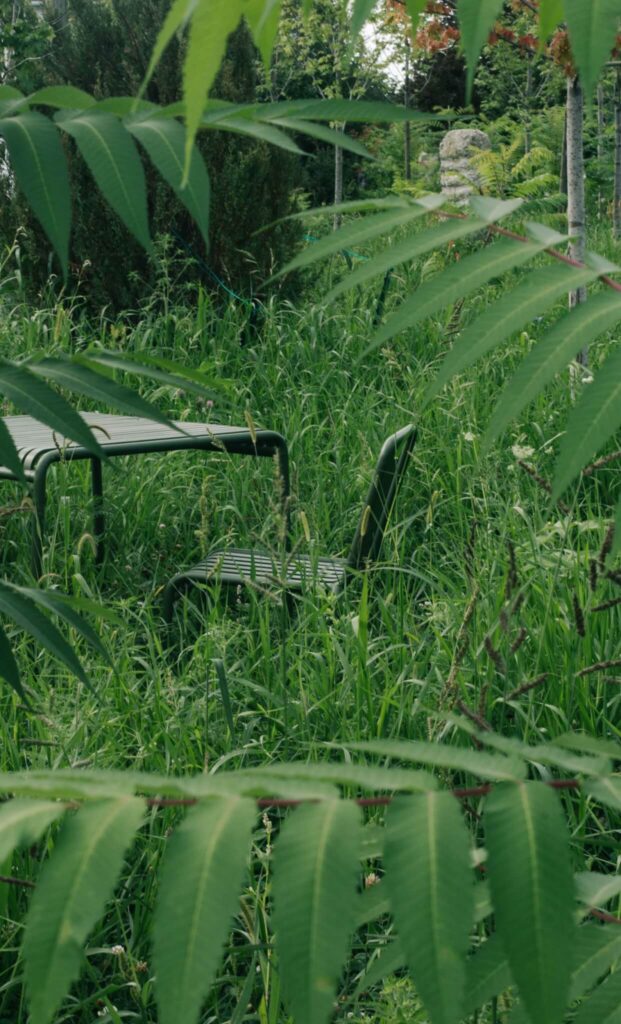
The idea of lifting the landscape to create a network of densely vegetated berms emerged from another set of constraints common in contemporary Detroit, which is that the ground serves as something of a funerary landscape, containing the remains of buildings that were simply compacted into the soil. “They just push these old buildings into the ground, and the soil is problematic,” Kafka explained. “It wasn’t some design idea like, ‘Oh, it’d be beautiful to embed the cars in the landscape.’ It was ‘We actually need to get the trees up above this soil if we want them to thrive.’”
Approximately 540 cubic yards of soil were imported and formed into elongated earthen mounds, which were then planted with a mix of maple, juniper, and staghorn sumac, the latter sourced from a tree farm in the western part of the state. The other specimens came from Prince Concepts’ own nursery. “We go to tree farms all the time and we ask, ‘What do you have on sale that no one else is buying? We’ll take all of it,’” Kafka said.
“We took all the orphans and put them in our own orphanage here in Core City, and then Julie and Andrew composed the design from that.”
A ground cover of white clover—typically viewed as a weed in Michigan—helps stabilize the berms, obviating the need for concrete berms or other expensive edging products. “We realized that the clover would be doing that work for us once it started to really seed in,” said Schwartz, who also photographed the project. “What was beautiful is that across the street there’s a lot of fields and meadows that ventured in and collaborated with the clover to create this retention.”
“[Philip and Andrew] were so happy about the discovery of clover. Talk about cheap and cheerful,” Bargmann said, recalling the haphazard instructions she gave the team when it came time to plant. “It’s like, ‘Chuck the seed—just chuck the seed!’”
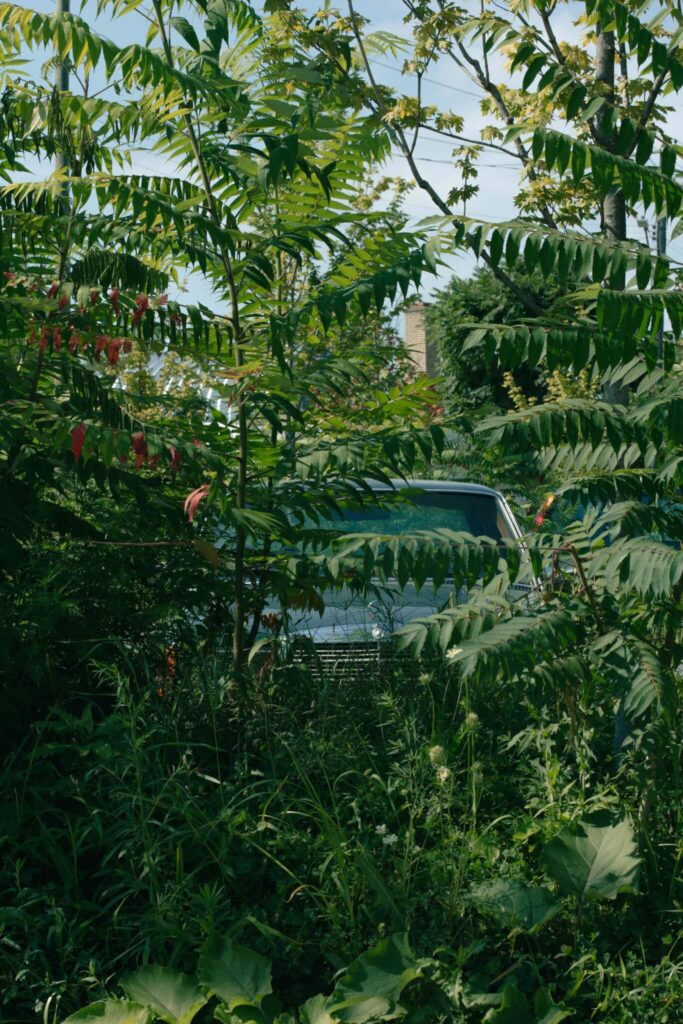
The resulting fuzziness at the edges of the berms further blurs the line between parking area and green space, which was a goal from the beginning, Bargmann explained. “It was always about saying, we are not designing two landscapes. This is one landscape.”
The climate emergency undoubtedly requires new investments in mass transit, a reality Detroit acknowledged with the opening of the QLine streetcar in 2017, which, since the start of the pandemic, has been free to use. But PARK(ing) recognizes that the car still has a special place in Detroit’s culture. “There’s so much pride in the car, and it’s a historic thing, so seeing these beautiful cars alongside some naturally seeded Queen Anne’s lace with some butterflies fluttering around is so cool,” Schwartz observed.
In its effort to envelop present-day Detroit in a giant, affectionate bear hug, PARK(ing) may, ironically, bring new futures into being. Bargmann and Kafka are optimistic that the project can become a new model for urban parking lots both inside and outside Detroit and for infusing other utilitarian, workaday landscapes with community purpose and ecological awareness.
The aspiration is nothing short of excavating a new urban aesthetic. “It has to do with the role of the wilds and what they can mean within the next image of the urban landscape,” Bargmann mused. “For me, there’s a type of optimism that goes along with that, in terms of feeling as though this kind of rewilding is okay. And it’s actually not rewilding. It’s just the wild Detroit landscape.” 🌾